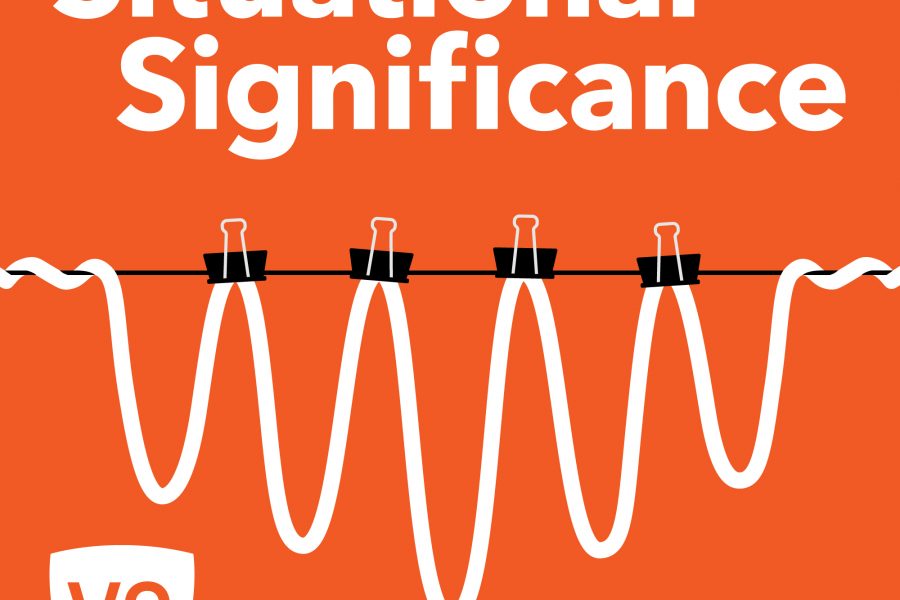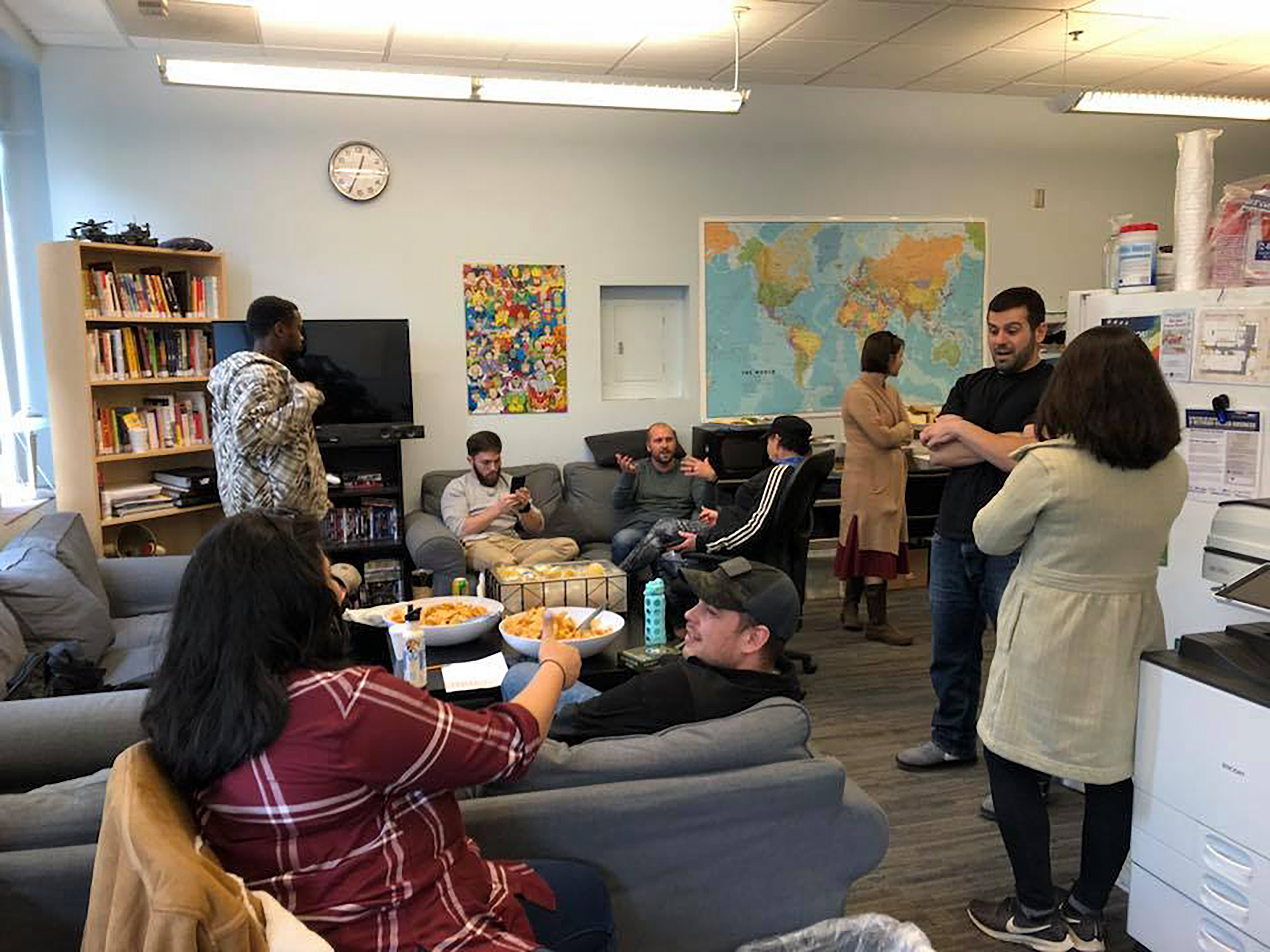In response to the Homelessness Action and Research Collaboration stating concerns that Interim President Percy’s holistic public safety plan fails to adequately address race, Percy said they will seek to recruit and hire students with diverse racial backgrounds to the newly created Student Safety Ambassador program.
Percy said along with hiring diverse students to the ambassador program in order to better understand issues of race in regards to campus public safety, they will count on student ambassadors to report back on safety concerns on campus, including those of faculty, staff and students of color.
In a letter to the editor published on Nov. 5, the HRAC stated concerns that people of color experience disparities during police encounters, which planning for campus safety needs to incorporate, and that real risks for people of color faced with armed security have not been fully considered.
Data from the Police-Public Contact Survey shows Black and Latino men experience use of force by police officers more often than other groups. According to a Federal Bureau of Investigations Report on Crime in 2016, Black Americans comprised 27% of all individuals arrested in the U.S.—double the total Black population in the U.S.
The U.S. Commission on Civil Rights reported in 2018 there are consistent patterns of racial disparities in police use of force against people of color. Police-involved killings of white people occured at a rate of 2.9 per million, while police-involved killings of Black people occurred at a rate of 6.66 per million. Black people were fatally shot by officers at twice the rate compared to white people.
The Guardian also reported 32% of black people killed by police in 2015 were unarmed, as were 25 % of Latinx people, compared to 15% of white people.
Community concerns
The newly adopted public safety plan—described in the plan as “the next step to advancing our ethos of caring, equity and dignity for all”—has spurred varying reactions from the PSU community.
“Research has demonstrated that when we do not name and expressly discuss race, we fail to integrate it into the planning and implementation,” the HRAC stated. “A safety plan that does not explicitly discuss race and describe how race matters in safety planning is not a safety plan for all community members.”
In response, Percy said he wants all safety personnel to understand issues of race, discrimination and harassment policies and unconscious bias, among other issues. Percy said one component of the plan that relates directly to race is the comprehensive training of campus public safety personnel on race and issues related to race.
“One of the most important requirements is training in de-escalation techniques designed to minimize the need for the use of force,” Percy stated.
In addition to race, members of HRAC also stated worry over current progress and the future of the University Public Oversight Committee, a group of students, faculty and staff charged with reviewing situations and providing recommendations for campus public safety.
“We are concerned that oversight for the campus safety will be done internally,” HRAC stated. “…We hope these issues will continue to be addressed especially as UPSOC is re-formed, but the lack of external oversight is concerning.”
In response, Percy said the campus safety plan strengthens oversight, and that it would be outside and separate from the Campus Public Safety Office. Percy also said it will report directly to the president.
“PSU administrators will be required to respond to UPSOC recommendations and provide an explanation for any that are not implemented, and we ensure transparency by making all UPSOC reports and recommendations—and the university’s response—public on UPSOC’s website.”
ASPSU President Violet Gibson said there were concerns in ASPSU regarding the new public safety plan as well. Gibson said she personally thought it was difficult to tell if the plan addresses race adequately before seeing the outcomes of the training.
Gibson also mentioned that not everyone in ASPSU had openly expressed their opinion on the matter. She also stated the possibility of a vote from ASPSU on a resolution of support for the safety plan.
“I think increasing [CPSO] staff will be good for them,” Gibson said. “Of course I think the trainings are 100% necessary and the implementation of having student community oversight.”
Gibson voiced concern that the safety plan didn’t properly address the main impetus—the death of Jason Washington.
The HRAC also said bringing attention to houselessness and mental illness within the campus safety plan, but not race, obscures the “specific and significant issues” that people of color face in police encounters, and that it’s important to discuss the death of Jason Washington as the impetus for changing campus safety.
“There’s a lot of people who feel like Jason Washington’s family hasn’t received justice,” Gibson said. “I’ve heard of putting up an actual memorial for him, instead of having the tree because for Veterans Day and Father’s Day people come over to that tree where he passed and they decorate that.”
“This fight that people have been having over the Washington case has been going on for years so in all honesty I feel it should be addressed more seriously.”
Support for the Campus Safety plan
Joe Schilling, interim chief of police for CPSO, said there weren’t any foreseeable issues with the safety plan.
“[The safety plan] really is a nice, balanced approach to addressing the concerns of the community,” Schilling said.
Schilling said the new aspect of student safety ambassadors stood out to him, and that previous student employees working with CPSO were static.
“This is a much more holistic approach to getting folks out in the community and having interactions,” Schilling said.
In conjunction with their concerns, both the HRAC and Gibson voiced their continued support toward facilities within the PSU community and Percy himself.
Violet voiced her support for the student community having oversight, referring to the student safety ambassador positions that will be added to the CPSO staff roster.
“These students will also be able to walk students to class if they don’t feel comfortable in having an armed campus public safety officer to walk them to class in cases like that,” Gibson said.
HRAC also stated their support of certain elements of the public safety plan and president Percy himself.
“We do believe that President Percy can help us find a path forward and look forward to collaborating with him about our concerns,” HRAC said. “We appreciate that the plan still invites input from stakeholders.”
HRAC also noted—in their letter to the editor—appreciation of elements of the public safety plan that cover those experiencing homelessness.
“We appreciate that the report commits to campus security engaging with people experiencing homelessness in the most appropriate way possible,” said HRAC. “We also note the wide range of trainings that CPSO is expected to participate in.”






